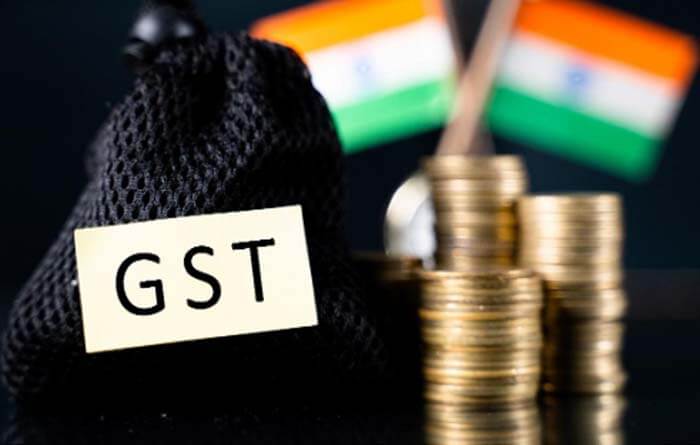Direct and Indirect Tax: Know All the Major Differences

Tax can simply be defined as a mandatory fee imposed on individuals, organizations, and other entities by the Central and/or State governments to help build the country’s economy and carry out developmental activities. Every Indian citizen who is old enough to make a living is required to pay direct and indirect taxes based on different tax slabs.
Understanding the Difference Between Direct and Indirect Taxes in India [H2]
Taxes in India are divided into two main categories – direct and indirect taxes. The fundamental differences between these direct and indirect taxes are premised upon their collection method.
What Is Direct Tax?
Direct taxes in India are those that are levied directly on an individual or taxpayer’s income. The Central Board of Direct Taxes (CBDT) overlooks the direct taxes in India, and they cannot get transferred to any other individual or legal entity.
Direct Taxes Imposed in India
- Income Tax
Income tax is imposed on an individual or an entity that falls under different tax brackets depending on their income or earnings, and they must file an income tax return each year after which they will either be required to pay the tax or qualify for a tax refund.
- Corporate Tax
Companies incorporated or having operations in India have to pay taxes to the government. Taxes must be paid by them on the company’s profits. Companies must pay tax at flat rates set by the government, as opposed to the income tax slab rates that apply to individuals.
- Securities Transaction Tax (STT)
STT is a charge applied when purchasing securities that are listed on a reputable stock exchange. It is a charge imposed in addition to the trade value, increasing the transaction value.
What is Indirect Tax?
Now that you are aware of direct taxes, let’s understand what is indirect tax and its various types. Indirect tax is imposed by the government on products and services rather than on an individual’s income, profit, or revenue, and it can be transferred from one taxpayer to another.
In the past, paying an indirect tax meant paying more than the actual cost of a good or service. Additionally, taxpayers were subject to a wide variety of indirect taxes. In 2017, India replaced most of its indirect taxes with the Goods and Service Tax (GST) which included a number of indirect tax regulations.
Indirect Taxes Imposed in India
Some indirect taxes that were levied in India before GST included:
- Customs Duty
It is an import tax that is assessed on goods arriving from abroad and is ultimately covered by Indian shoppers and retailers.
- Central Excise Duty
Manufacturers were responsible for paying this tax, which they then passed along to retailers and distributors.
- Service Tax
It was levied on the whole or gross amount that the service provider charged the client.
- Sales Tax
This tax was paid by the retailer, who then passed it along to the consumer by adding it to the price of products and services.
- Value Applied Tax (VAT)
It was a tax that is added to the price of products or services at each stage of production or distribution before being finally passed on to the consumer.

GST as an Indirect Tax in India
Since the introduction of the GST, India’s fiscal landscape has undergone a number of constructive adjustments. Thanks to this newly revised indirect tax, the different levies that were previously required are obsolete.
The elimination of the “cascading effect of tax” or the “tax on tax” conundrum is undoubtedly the biggest relief so far brought about by the introduction of the Goods & Services Tax (GST). Thanks to the new tax system, the end consumer no longer needs to shoulder the cost of the additional tax that must be paid on top of the original tax, which results in an elevated or inflated price.
Benefits of Direct and Indirect Taxes
Direct and indirect taxes are beneficial for a nation’s social and economic development in more ways than one. Some of their benefits include:
Benefits of Direct Taxes
- Curbs Inflation: When there is monetary inflation, the government frequently raises tax rates, which reduces demand for goods and services and, as a result of declining demand, causes inflation to condense.
- Economic and Social Harmony: The government has set up well-defined tax slabs and exemptions based on each person’s income and general economic circumstances in order to even out income disparities.
Benefits of Indirect Taxes
Equal Contribution: Indirect taxes ensure that every individual pays some amount, no matter how small, to the state. It also reaches people in the lower-income groups, who are exempted from direct taxes.
Non-evadable: Indirect taxes are included in the price of the commodity and are hence non-evadable. The only way to not pay these taxes is if the individual does not consume any taxed items.
Both direct and indirect taxes are important for the growth and development of our country. Hence, it is the responsibility of every Indian citizen to pay their fair share.
